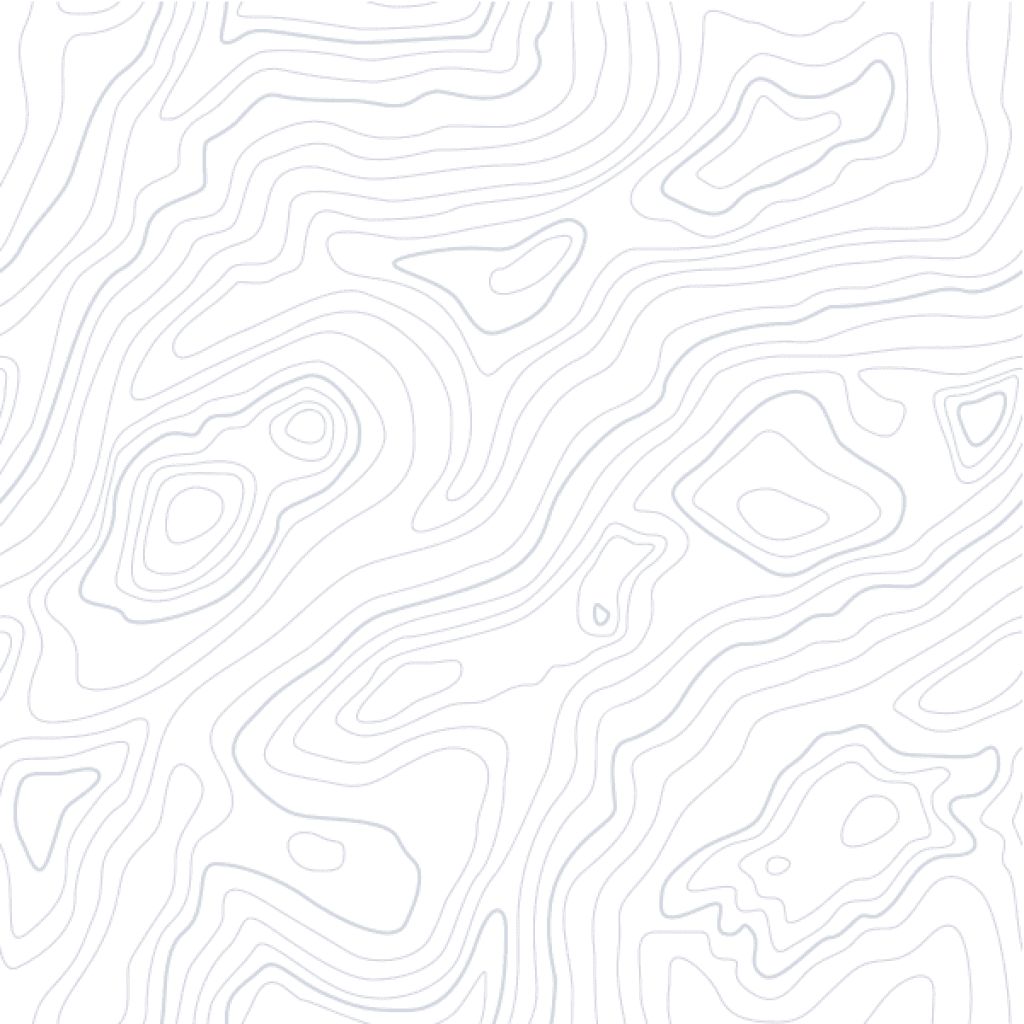The mountain ranges of Mourne, Cooley, and Gullion, beckon you to explore their splendour on foot, bicycle or horseback, on a variety of looped walks and cycle paths. Local adventure centres offer you rock climbing, abseiling canoeing, kayaking, sailing and windsurfing in the waters of Carlingford Lough and the Irish Sea. You can charter Lough cruises for angling, or bird-watching. Day coach trips are available to the historical and scenic sites and routes. If its golf you want, there are ten golf courses, parkland and links in the region.
The area has been awarded the prestigious “European Destination of Excellence” an imprimatur to the visitor of quality and a real cultural experience. Carlingford Lough is a shallow sea lough, which forms part of the border between Northern Ireland and the
Republic of Ireland . The inner lough is dominated by shallow waters and underlying muddy sand beds, with large areas of intertidal mud and sand flats exposed at low tide. The outer mouth of the lough (Cranfield to Greenore) presents deeper waters with a navigable channel, and an underlying mosaic of boulders, cobbles, pebbles and gravels, forming small scattered islands and reefs. The lough is of international and national importance for overwintering, passage and breeding seabirds, waders and waterfowl, which feed, roost and nest on the loughs intertidal flats and islands.
The region owes its striking landscape to a combination of the underlying geology and the surface processes that have sculpted these rocks over the millions of years since their formation. The upland areas are all underlain by igneous rocks: Slieve Croob is formed of rocks belonging to the Newry Igneous Complex that was emplaced as the ancient Iapetus Ocean closed; the other areas in the Carlingford Lough region are underlain by granite and gabbro that date back to a period during the opening of the North Atlantic Ocean. The magmas intruded earlier rocks, including sandstone, shale, and limestone, which tell some of the geological history of the region back to 440Ma (million years), a period of time that represents around a tenth of the age of the Earth itself . These rocks have been baked and altered close to their contacts with the igneous intrusions.
Carlingford Lough was originally very shallow (



